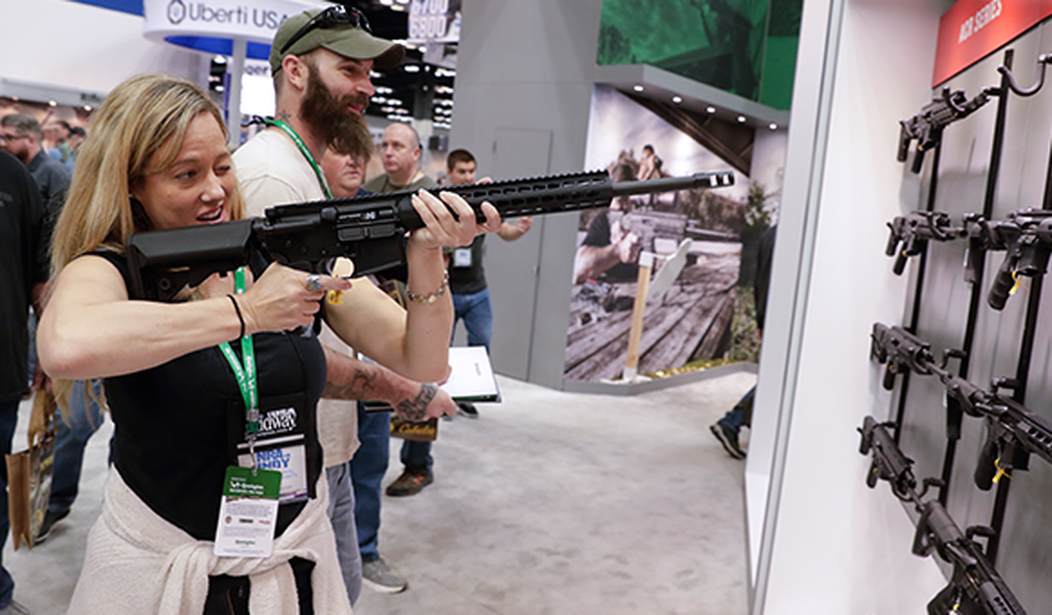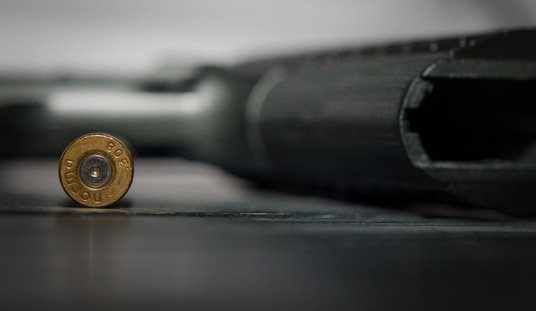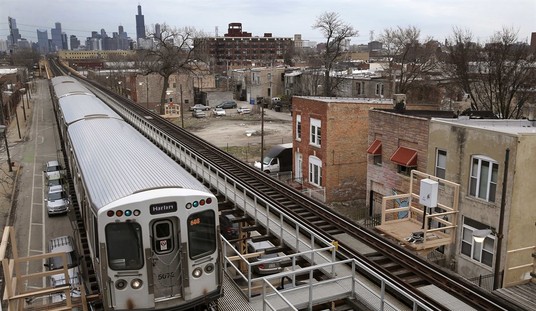Dr. Michael Rose calls himself a proud gun owner, but the Baltimore physician is also a big fan of gun control. In a new article in the Annals of Internal Medicine, Rose recounts fond memories of growing up in North Dakota, including getting his first gun (a Ruger 10/22) for his 12th birthday. Other guns followed, including a “hand me down” 12-gauge shotgun and a Remington 700 deer rifle that he (or rather his parents) bought with money that he’d saved.
Rose’s supposed love of guns isn’t stopping him from calling for a number of restrictions on the right to keep and bear arms, however. In fact, in his mind there’s “we can craft a safer Second Amendment” by “embracing the public health principle of harm reduction”… a strategy that, frankly, sounds a lot like the standard talking points from the gun control lobby.
There are several popular policy proposals—all grounded in harm reduction—that would allow lawmakers to build a safer Second Amendment. To reduce the risk for mass killings, we can reinstate the national ban on assault weapons and high-capacity magazines; subject assault weapons in circulation to the enhanced restrictions faced by machine guns; and outlaw gun carrying in high-occupancy locations, such as malls, public transit, schools, and event venues.
To curb homicides and suicides, we can implement universal background checks (including checks on guns gifted within families like mine); improved safety training; red flag laws allowing removal of guns from high-risk households; and laws preventing sales to violent criminals, domestic assailants, and people with severe mental illness (9). These policies have previously held up in court, will save lives, and enjoy broad support from gun owners (1, 7, 8).
The extremist minority of gun owners are sure to raise their voices in opposition to any safety measures, but responsible gun owners can kindly remind them that they are the outliers, not us. We know that passing sensible laws won’t endanger our factory-fresh .22s, hand-me-down shotguns, and trusty deer rifles. But they will reduce the unacceptable violence happening every day.
Keep in mind that Rose works in Baltimore, Maryland; a place where the vast majority of the restrictions he calls for are already in place. Maryland has “universal background checks,” a ban on so-called assault weapons, a “red flag” law, and (until recently) a “may issue” concealed carry permitting system that blocked almost every resident from exercising their right to carry.
If these laws worked to reduce harm, then, we’d expect that Baltimore would be a relatively safe city, right? Instead, it’s headed for a seventh straight year of more than 300 homicides.
Baltimore is second only behind New Orleans with the highest increase in homicide rates. However, Baltimore has the highest homicides per capita in the country.
Rates have risen by an average of 18% in 50 of the most populated U.S. cities according to a new study from Wallethub.
The study compared 50 of the largest cities based on per capita homicides in Q2 2022, as well as including per capita homicides in Q2 2022 vs. Q2 2021 and Q2 2020.
I have no doubt that Rose is quite fond of the guns that he owns, but that doesn’t make him a Second Amendment supporter. Instead, the doctor seems to believe that the right to keep and bear arms exists mostly for rural Americans to hunt and target shoot with bolt-action rifles and double-barreled shotguns, with an exception or two for semi-automatic rimfire rifles like his beloved 10/22. There doesn’t seem much space in Rose’s view of the Second Amendment for bearing arms in self-defense or being able to even possess some of the most popular (and commonly-owned) rifles in the U.S.
Rose’s suggestions aren’t really “harm reduction” measures either. Consider his calls for criminalizing many aspects of the right to keep and bear arms with his own comparisons to “harm reduction” in areas that have nothing to do with firearms.
However, both Bruen and Heller maintain that gun rights can be regulated (2, 3), and the history of public health tells us that regulation allows for harm reduction. Without banning cars, we reduced motor vehicle deaths per vehicle mile by 90%, simply by making the cars, roads, drivers, and conditions safer (4). Hundreds of Americans are saved from an opioid overdose daily thanks to the reversal agent naloxone. Condoms and clean needles have spared millions from HIV, viral hepatitis, syphilis, and other infections. Countless heart attacks have been prevented by utilizing cholesterol-lowering statin medications, regardless of a patient’s willingness to change their lifestyle.
If Rose was serious about a “harm reduction” approach to reducing violent crime, he’d be talking a lot more about education and outreach to those who might illegally possess a firearm; a cohort that is far less likely to have received any kind of training on safe and responsible gun use or storage. Naloxone for those who’ve overdosed on fentanyl is fine with the good doctor, but teaching those in communities with plenty of guns but no access to a range or training is apparently a bridge too far.
Why is that, I wonder? Why would a gun-loving guy like Rose be so opposed to helping others exercise their Second Amendment rights safely and responsibly, and so eager to put so many new, non-violent possessory firearm offenses on the books? I wish I knew the answer, but to me it looks like Dr. Rose may love his guns, but he’s not too keen on the right of everyone else to keep and bear arms.









Join the conversation as a VIP Member